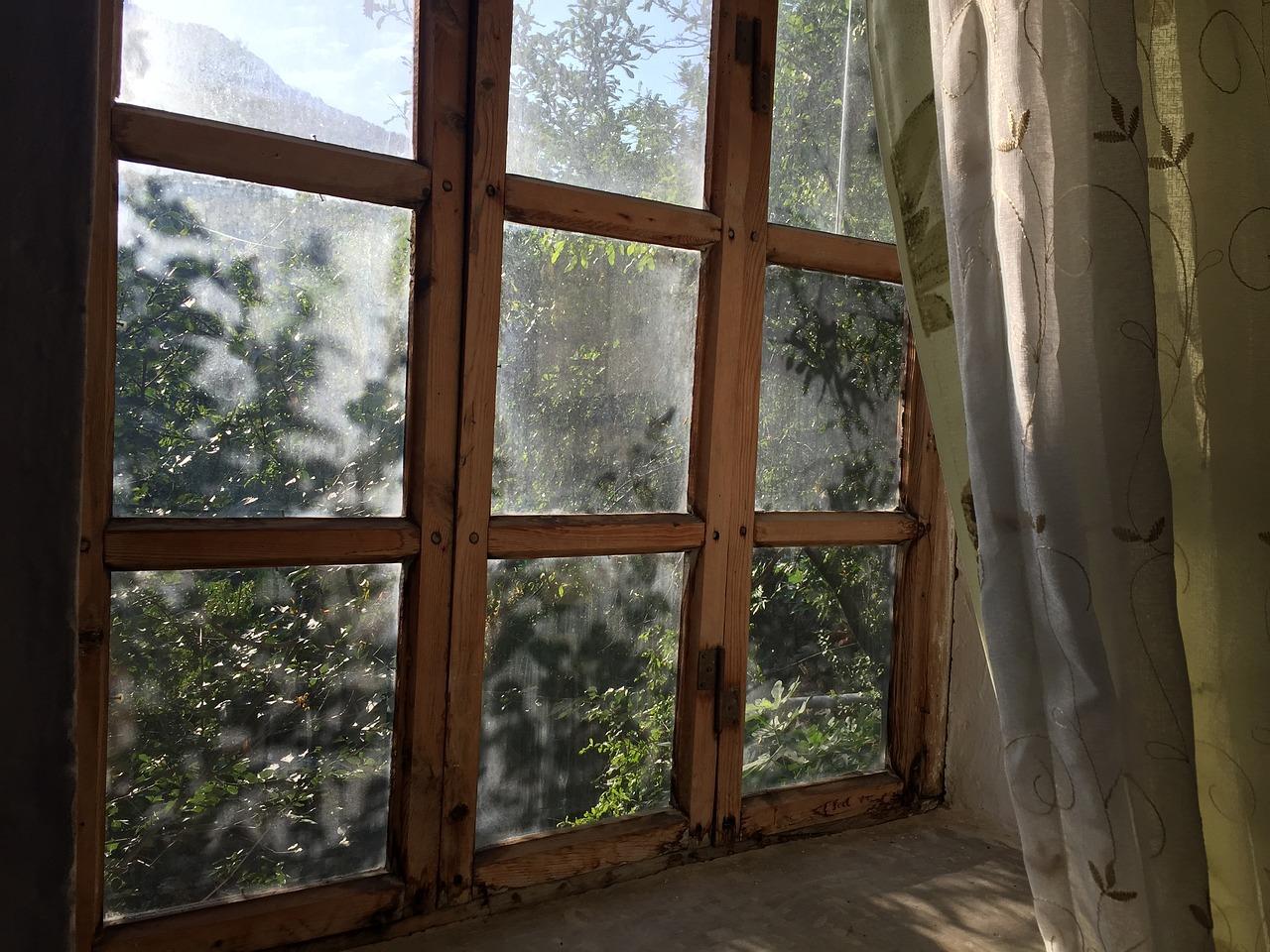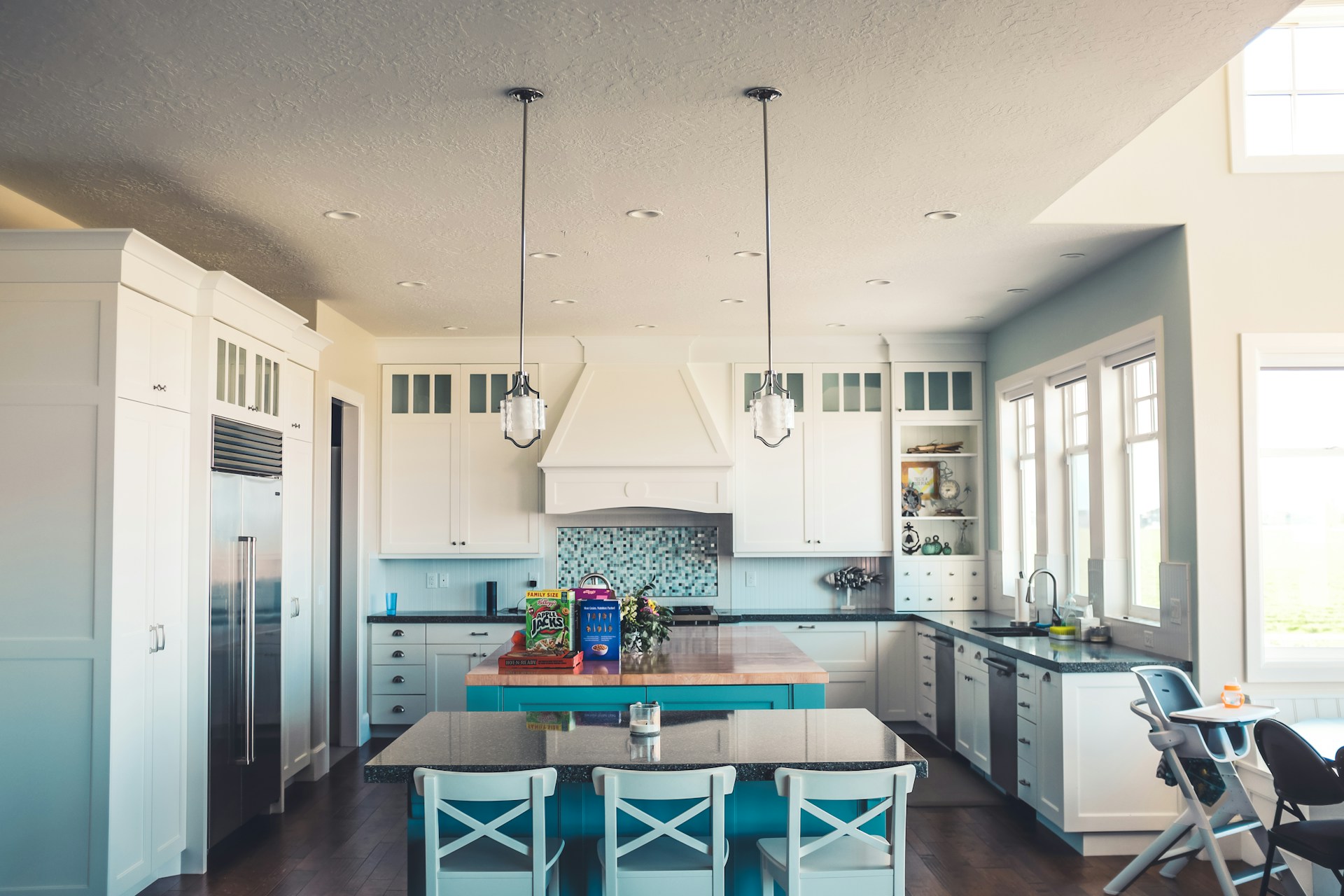The Future of Modular Construction: Efficiency and Sustainability Redefined
- 30 Oct 2024
- Articles

In an era marked by rapid urban expansion and increasing housing demands, the modular construction industry stands out as a beacon of innovation. Characterized by prefabricated structures that are assembled on-site, modular construction is not merely a trend but a viable solution to some of the pressing challenges facing the construction sector. As we look ahead, it becomes clear that the advantages of modular buildings will drive their adoption in the coming years. Notably, these benefits include remarkable speed, significant cost savings, and a reduced environmental footprint. For further insights, you can explore modular buildings.
Speed: Meeting Urgent Needs
The pace at which modular buildings can be constructed is one of their standout features. Traditional construction methods often fall victim to delays caused by weather conditions, labor shortages, and logistical challenges. In stark contrast, modular construction allows for parallel processing, where site preparation and module production occur simultaneously. This efficiency can lead to project completion up to 50% faster than conventional methods, as highlighted in a report by McKinsey & Company.
The urgency of housing needs cannot be overstated. As urban areas grow, the pressure to deliver residential and commercial spaces increases. Modular construction presents an effective way to address these demands swiftly. In cities grappling with housing crises, the ability to erect modular buildings can significantly alleviate shortages, allowing communities to expand and thrive.
Cost Savings: A Sustainable Approach
Beyond speed, modular construction offers substantial financial advantages. With construction costs on the rise, driven by fluctuating material prices and labor expenses, developers are in search of solutions that enhance profitability. According to the Modular Building Institute, modular projects can save up to 20% compared to traditional construction methods. This is due to reduced waste, lower labor costs, and shorter project timelines, which together lead to decreased overall expenses.
Moreover, the savings are not just immediate. By completing projects faster, developers can recoup investments more quickly, allowing them to reinvest in new projects or upgrade existing ones. This financial fluidity makes modular construction an appealing choice for investors and builders alike.
Environmental Considerations: Building a Greener Future
The ecological impact of construction cannot be ignored. The industry is responsible for approximately 39% of global carbon emissions, making sustainable practices essential. Modular construction aligns with environmental goals by promoting efficient resource use and minimizing waste. A study from the University of Cambridge revealed that modular techniques can reduce construction waste by up to 90% when compared to traditional methods.
In addition to waste reduction, modular buildings can be designed with sustainability in mind. They can incorporate energy-efficient technologies and materials that contribute to lower energy consumption over time. As more consumers and businesses prioritize eco-friendliness, the ability to provide sustainable solutions will set modular builders apart in a competitive market.
The Future Landscape: Adaptability and Innovation
Looking forward, the modular construction industry is poised for continued growth. Flexibility is a key component of this approach. Modular buildings can be easily reconfigured, expanded, or relocated, making them suitable for a range of applications—from residential units to schools and healthcare facilities. The recent COVID-19 pandemic showcased this adaptability, as modular structures were rapidly deployed to serve as temporary hospitals and testing centers.
Technology will play a vital role in shaping the future of modular construction. Innovations in Building Information Modeling (BIM) and automation will streamline the design and manufacturing processes, ensuring higher quality and efficiency. As the industry embraces these advancements, the stigma associated with modular construction will likely diminish, further solidifying its place in the market.
The Role of Industry Leaders
Companies like Spaciotempo are at the forefront of this transformation, offering a variety of modular building solutions tailored to diverse needs. Their expertise exemplifies how the industry can adapt to meet both urgent demands and sustainability goals, ultimately contributing to a more resilient built environment.
As the modular construction sector continues to evolve, it is crucial for stakeholders to recognize the long-term benefits. By investing in modular solutions, builders and developers can contribute to addressing housing shortages while adhering to environmental standards. The industry's future will undoubtedly be shaped by its ability to integrate speed, cost-effectiveness, and sustainability into a cohesive framework.
A Promising Path Ahead
In conclusion, the future of modular construction is bright, driven by the pressing needs of urbanization and the quest for sustainable practices. With advantages such as rapid construction timelines, substantial cost savings, and a commitment to environmental stewardship, modular buildings are well-positioned to play a pivotal role in the construction landscape of tomorrow. As more organizations embrace these methodologies, the potential for innovation and positive impact on communities will only grow, making modular construction a smart choice for the future.








